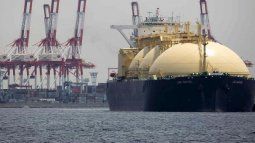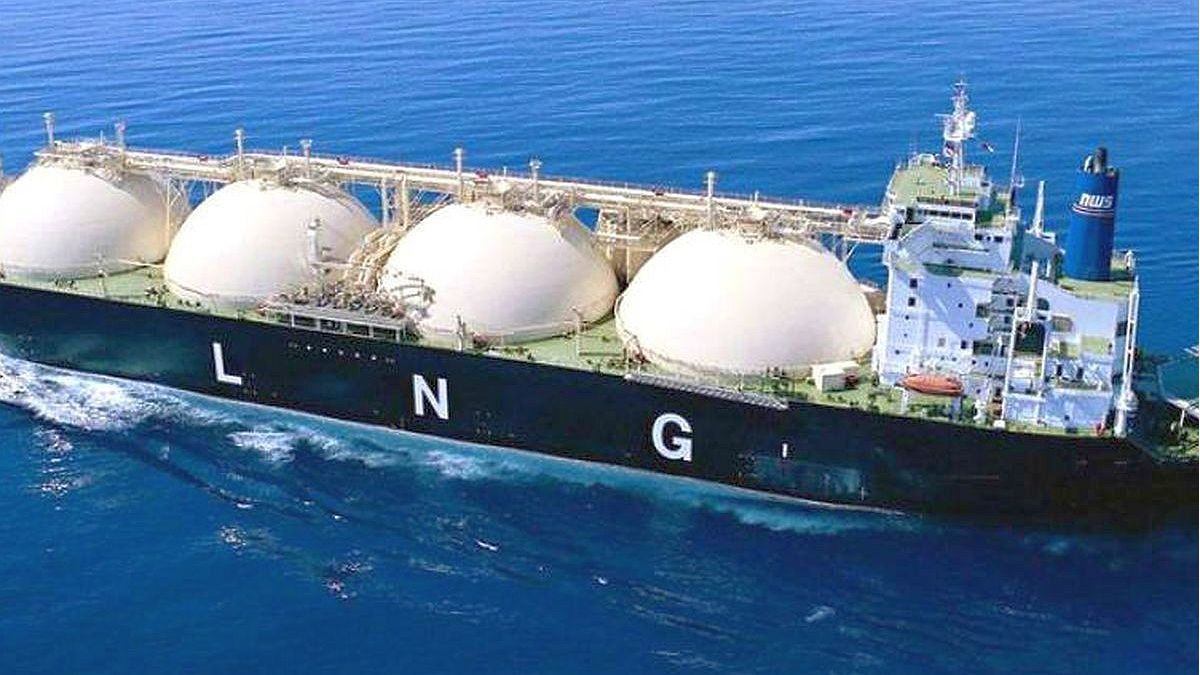According to official sources, the engineering evaluation could begin in December to carry out the YPF-Petronas project, which in a decade could generate investments of US$40 billion. For that, the Senate’s remaining half-sanction should be approved.
The Ministry of Economy, which heads Sergio Massaaims to be approved in the Congress the bill for the promotion of Liquefied Natural Gas (LNG) in the coming weeks, before the change of Government, on December 10. Although they receive repeated queries from the private sector, in the Ministry of Energy They have confirmation of two projects that would be ready to start.
The content you want to access is exclusive to subscribers.
Despite the little activity and lack of consensus in Congress, the ruling party achieved approval of the LNG bill in the Chamber of Deputies, with the support of provincial blocs. However, the Senate still remains. According to sources in the Upper House, a meeting of the Energy, Mining and Fuels commission could be coordinated this week, although that commission has not met since August.
In any case, a similar situation had been experienced with the project in Deputies, which despite having a lot of consensus (Together for Change was in favor, although it finally abstained), was not discussed for several months, until Massa asked Cecilia Moreau, president of the Chamber of Deputies, accelerate it. It was during Massa’s trip to Neuquén, the heart of Vaca Muerta, on September 25, and on October 11 the project already had half a sanction.
That is why from the Ministry of Energy, which heads Flavia Royónthey know that it is complicated due to electoral times, but they have the expectation that it can be discussed and approved before the change of Government. Even before the runoff, where UP hopes to present itself, on November 19.
In Economy they have a strong interest in its approval: in Vaca Muerta there are gas resources for 170 years of self-consumption, gas being the fuel of the energy transition. The only way to reach the entire world is to export it through liquefaction technology. This requires investments in production, infrastructure and plants. To enter the promotion regime provided for by law, you will need Minimum investments of US$1000 millionwhich no company is willing to do if it is not “armored” with conditions of fiscal and legal stability.
Next projects
According to official sources, There are two projects that are “most waiting” the approval of the law to start investing: that of YPF together with the Malaysian oil company Petronas and that of Transportadora Gas del Sur (TGS) together with Excelerate Energy. “Then there are a lot of interested parties who come to make inquiries, especially from foreign companies from Russia and China,” an official source told Ámbito.
Official sources even added that if the LNG law is approved, the YPF-Petronas project will start this year. with the engineering evaluation starting in December.
In September 2022, the understanding agreement was signed between YPF and Petronas for the first LNG production plant. The project includes gas production in Vaca Muerta and transportation via a 620-kilometer gas pipeline to the processing terminal. As reported by YPF, in phase 1, they plan to install two liquefier ships, to produce 5 million tons per year, with an estimated investment of US$10,000 million. In phase 2, they plan to build a scalable liquefaction plant, with a production capacity of 25 million tons per year, which is equivalent to 465 ships, and investments of US$40,000 million, after 10 years.
Meanwhile, the project TGS is already in the engineering process and its implementation will be defined in April 2024, as anticipated by Oscar Sardi, CEO of TGS, at the AOG 2023 convention in La Rural. They will seek to carry out a modular project with an export capacity of 2 million tons per year, with a construction period of 30 months. During these months they are finishing defining which of the three alternatives they have in the pipeline they will implement, given that they vary according to costs and risks.


Source: Ambito




